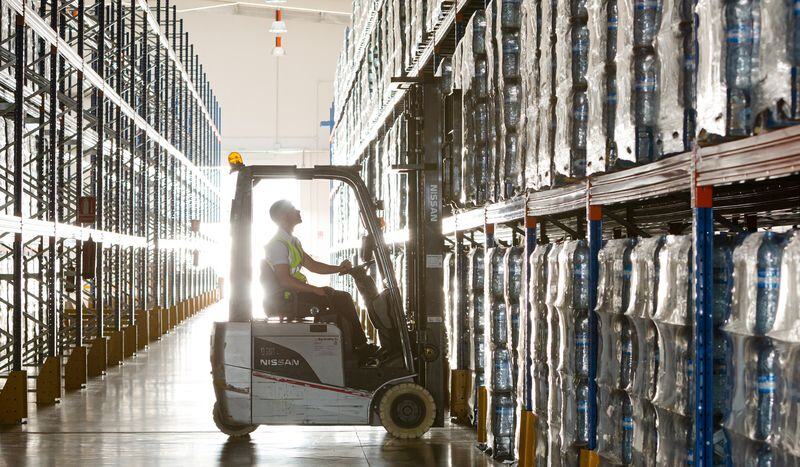U.S. Manufacturing Boom?
CNN produced a nice summary of the current state of U.S. manufacturing in light of some recent comments coming out of the presidential race. The article succinctly points out that U.S. manufacturing sector is achieving record levels of output across many sectors, while at the same time, Donald Trump contends that “we don’t make our product anymore.” Can they both be right?
What is Really Going On?
Let’s start with the perceptive header statement from the article that says “the nation's manufacturing sector is actually booming, even if many people don't realize it.” This is true and there are reasons why.
Starting with the basics, manufacturers want to produce closest to their customers. The closer you are to your customers, the better you can understand them, adapt to their needs, and improve your levels of service. The challenge comes with balancing proximity to customers and favorable economics. Regions like the U.S. where there are more customers are also regions where labor wages are highest.
This challenge has led to large global sourcing efforts over the last 20+ years to reduce cost throughout the supply chain. The examples like Boeing and Airbus cited in the article are great examples. Boeing and Airbus produce the final airplanes but the component parts are manufactured across the globe. Therefore, the cost of the airplane is reflected as US manufacturing output but only a small portion of that cost is comprised of US manufacturing labor. Large OEMs like these are then able to strike a nice balance by performing the asset intensive processes in high cost regions and outsourcing most of the cost structure.
Why Don't People Realize The Boom?
If you take a lenient interpretation of Donald Trump’s statement, there’s a level of truth to the sentiment that “we don’t make anything anymore.” The numbers show clearly that the value of U.S. manufactured goods have been increasing and are at record levels in many cases, while at the same time manufacturing jobs are down 40% since the peak in 1979. While there have been drastic productivity improvements through automation and Lean, the biggest driver is due to outsourcing down through the supply chain.
So, to say that “we”, meaning American workers, do not make anything anymore is not an irrational point of view. It would be irrational to suggest that U.S. factories do not produce anything anymore. It would also be irrational to suggest that U.S. companies do not want to make anything here anymore. But there is truth to the fact that fewer Americans are making things these days.
Is There an Alternative?
The long-awaited U.S. manufacturing renaissance is still not upon us. The fact of the matter is that the labor wage differential between high cost regions and low cost regions justifies global sourcing practices. It is unlikely that we will see the labor wage parity close dramatically in our lifetimes.
In a prior blog, New Demands on Manufacturing, we introduced the idea of a new labor paradigm to reverse the trend of manufacturing job loss. The answer is not about lowering wages but increasing productivity by leveraging the personal value proposition of the individual. The goal is to find the win-win for both businesses and workers. The on-demand economy is the perfect vehicle to keep cost structures low, offer businesses an alternative to low cost country sourcing, and get more people back to work “making things.”
Previous Posts
Make The Most of The 100 Days of Summer With Veryable
The Future of Manufacturing and Logistics
Create a free business profile today to explore our platform.






